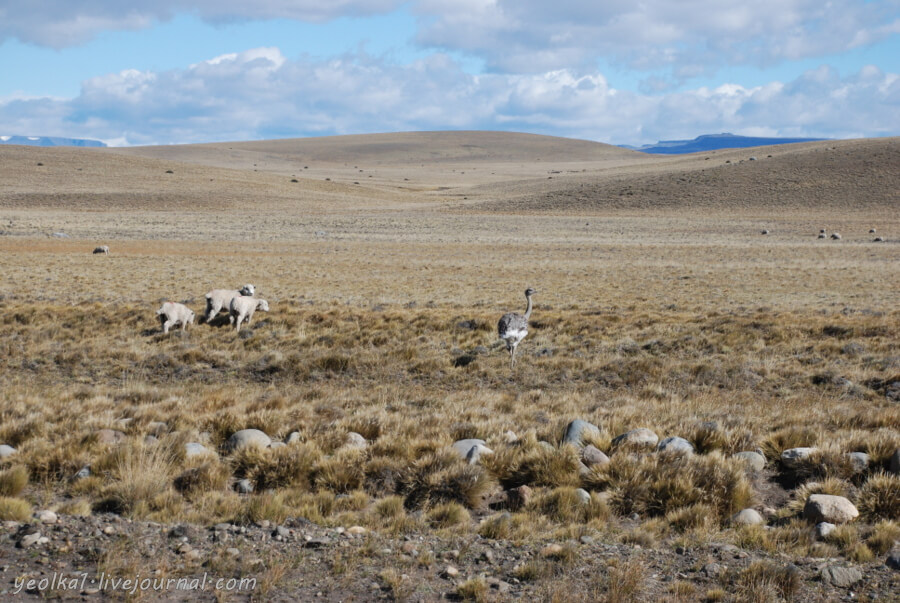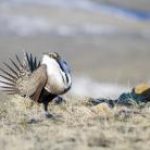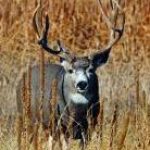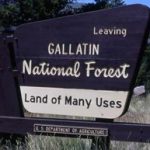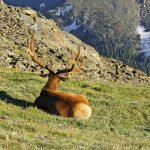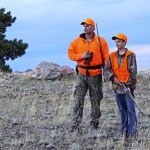How mule deer benefit from sage grouse conservation.
Mule deer in many parts of Wyoming migrate from summer range in the high country to lower-elevation winter range on sagebrush flats, where they are often displaced by development.
The next time you hunt a big mule deer buck in Wyoming, you might want to thank a sage grouse.
That’s because a major initiative to conserve sage grouse populations in the West is having beneficial impacts on other game as well—especially mule deer. The Sage Grouse Initiative (SGI) is a federal initiative designed to conserve fast-declining populations of sage grouse and, hopefully, keep the birds off the Endangered Species List. The work that is being done to improve and save sage grouse habitat is directly benefiting big game around the West, particularly in the state of Wyoming.
“Sage grouse need big and intact native rangelands,” said University of Montana biologist David Naugle, one of the nation’s leading sage grouse experts. “When you preserve these, you also benefit mule deer and pronghorn.”
The Sage Grouse Initiative, which is administered by the USDA’s Natural Resources Conservation Service and funded by the Farm Bill, takes a “core-area” approach. Because three-quarters of the West’s remaining sage grouse live in about 50 million acres across eleven states, SGI targets the majority of its efforts on these lands (the “core areas”) in order to get the most bang for the program’s bucks. SGI uses voluntary incentives and agreements with landowners to engage in grouse-friendly practices such as rotational cattle grazing, and to steer energy and residential development to less sensitive areas.
Wyoming’s core area policy influences 9.5 million acres of sagebrush habitat, according to Naugle. Studies have shown that while habitat work and protection of these core areas do not completely eliminate impacts to deer (or grouse), they seem to be having a beneficial effect.
A good example of how the sage grouse efforts are helping deer involves the crucial winter-range habitat of the Mesa and Ryegrass mule deer herds in oil- and gas-rich western Wyoming. The deer move from high-elevation Forest Service lands in spring and summer to low-elevation winter range out on the sagebrush steppe occupied by sage grouse. Even a small amount of disturbance from oil and gas development can disrupt the ability of deer to survive on or get to their winter range. Recent studies of collared mule deer show, for example, that just a 3 percent surface disturbance from natural gas development on the Mesa winter range is associated with a 42 percent reduction in mule deer abundance.
But, thanks to the Sage Grouse Initiative, some 90 percent of the winter range of the Ryegrass herd has been saved from energy development, while 52 percent of the winter range has been preserved for the Mesa herd—all of this as a direct result of the actions taken to conserve sage grouse. It’s a win-win situation for bird hunters and big-game hunters alike.

